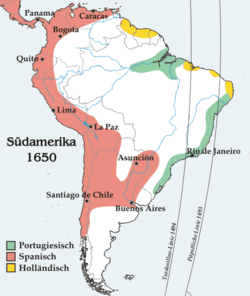 |
Marketplace, from 16th c.
Les Livres du gouvernement des Princes |
Yesterday we talked about the gold
bezant and the difficulty in understanding what it was worth. We only know what things were worth in history when someone records what they paid for something. We know, for instance, that
Cécile Dorel was "worth" 10,000 bezants. Thanks to the efforts of others, however, we have some idea of the purchasing power of certain currencies.
Here is a page that lists several prices, gleaned from medieval records in England. It offers the different years those prices were recorded, so that one can try to account for changing value over time.
First let us look at relative value:
1 pound = 20 shillings
1 shilling = 12 pence
1 pence/penny = 4 farthings
Also, an English groat was worth 4 pence. Keep in mind that Marco Polo considered a bezant to be worth 20 groats, or 80 pence; this would make a single gold
bezant the equivalent of 6.66 shillings, or one-third of a pound.
Let's say we found three gold bezants while we ransacked Constantinople in 1204 as part of the Fourth Crusade. (This was alluded to
here; some day I will decide to tackle that complex story.) We take them back to England, and we decide to spend them. We have a whole pound to spend. What shall we do?
According to the above webpage, if we wanted to buy livestock we could get 10 pigs, or we could buy about 500 chickens. Chickens came two to a penny, but if we just wanted eggs, that penny could get us two dozen. If we wanted to enjoy the country life but didn't want to farm, we could rent a cottage for four years (5 shillings/year). That's going to be a one- or two-room affair. In town, renting a merchant's house (which would have several rooms for personal and commercial use) would require about 10
bezants, not the three we have.
If we bequeathed the
bezants to our descendants (and assuming they maintained their worth), our great-great-grandsons could have bought three peasant-quality swords for joining the Hundred Years War.
If, however, we just wanted to spend the money on a feast for our neighbors, we could provide a real
Babette's Feast.
Good wine (2 gallons) = 20 pence
Sheep to roast = 17 pence
Pig to roast = 24 pence
10 chickens = 5 pence
80-pound cheese wheel = 40 pence (this will last far beyond the fast date)
Salted herring (20) = 15 pence
Dried fruit (raisins, dates, figs, etc.) = 20 pence (1-4 pence per pound; let's be lavish)
Spices (cinnamon, sugar, cloves, etc.) = 20 pence (1-3 shillings per pound; we won't get too much)
Let's get a couple ceramic cooking pots = 1 pence
At this point, we've spent just over 160 pence of our 240.
Alternately, we could probably forgo all of this materialistic pleasure and buy a book. One book. If we were lucky, we'd have three pence remaining and could buy 2 pounds of tallow candles by which to read it.

















